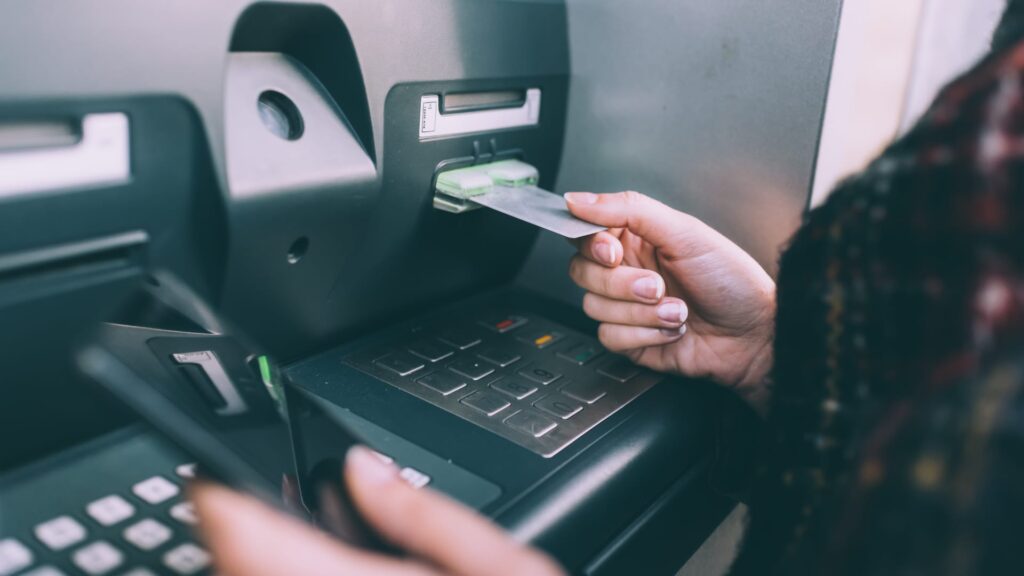The Federal Reserve is widely expected to announce its eighth consecutive rate hike at this week’s policy meeting.
This time, Fed officials likely will approve a 0.25 percentage point increase as inflation starts to ease, a more modest pace compared with earlier super-size moves in 2022.
Still, any boost in the benchmark rate means borrowers will pay even more interest on credit cards, student loans and other types of debt. On the flip side, savers could benefit from higher yields.
More from Personal Finance:
What is a ‘rolling recession’ and how does it impact you?
Almost half of Americans think we’re already in a recession
If you want higher pay, your chances may be better now
“The good news is that the worst is over,” said Yiming Ma, an assistant finance professor at Columbia University Business School.
The U.S. central bank is now knee-deep in a rate hike cycle that has raised its benchmark rate by 4.25 percentage points in less than a year.
Although inflation is still above the Fed’s 2% long-term target, pricing pressures have “come down substantially and the pace of rate hikes is going to slow,” Ma said.
The good news is that the worst is over.
Yiming Ma
assistant finance professor at Columbia University Business School
The goal remains to tame runaway inflation by increasing the cost of borrowing and effectively pump the brakes on the economy.
What the Fed’s rate hike means for you
The federal funds rate, which is set by the central bank, is the interest rate at which banks borrow and lend to one another overnight. Whether directly or indirectly, higher Fed rates influence borrowing costs for consumers and, to a lesser extent, the rates they earn on savings accounts.
Here’s a breakdown of how it works:
Credit cards
Since most credit cards have a variable interest rate, there’s a direct connection to the Fed’s benchmark. As the federal funds rate rises, the prime rate does, too, and credit card rates follow suit. Cardholders usually see the impact within a billing…
Read the full article here





